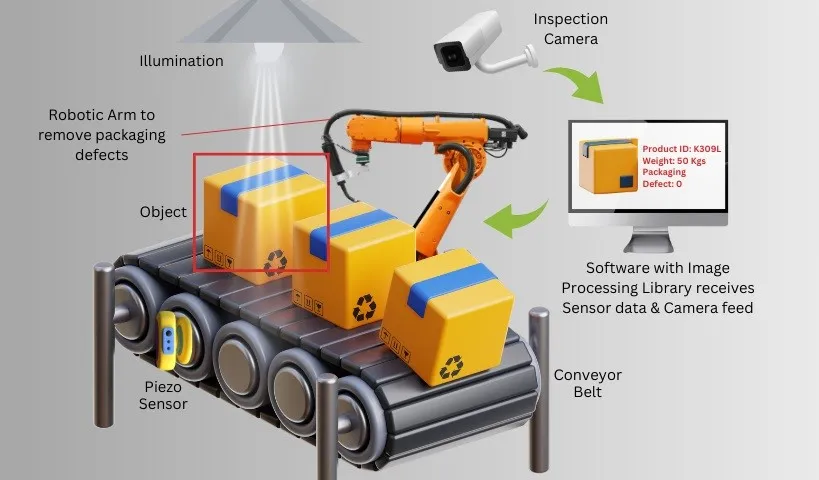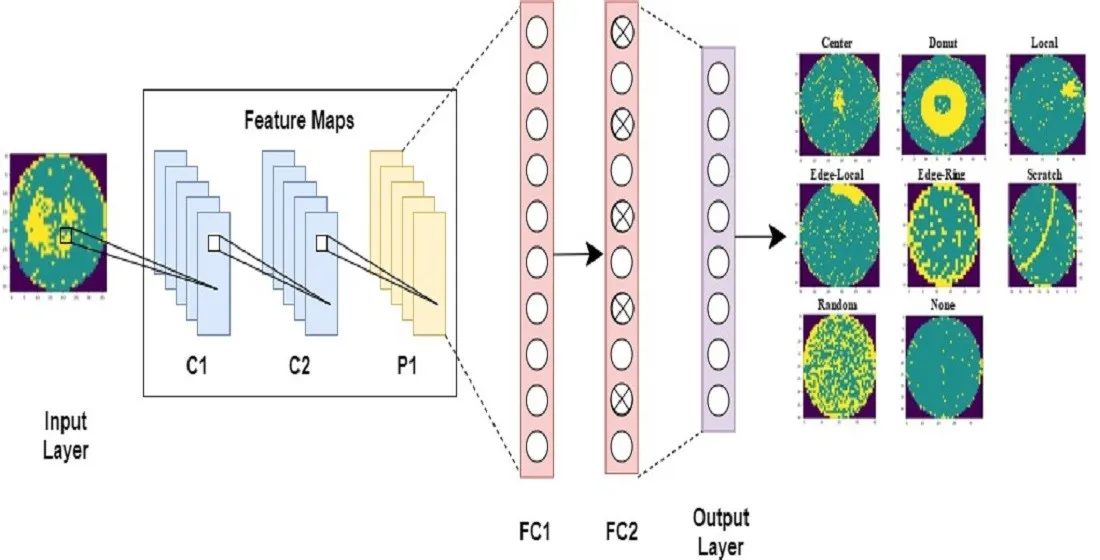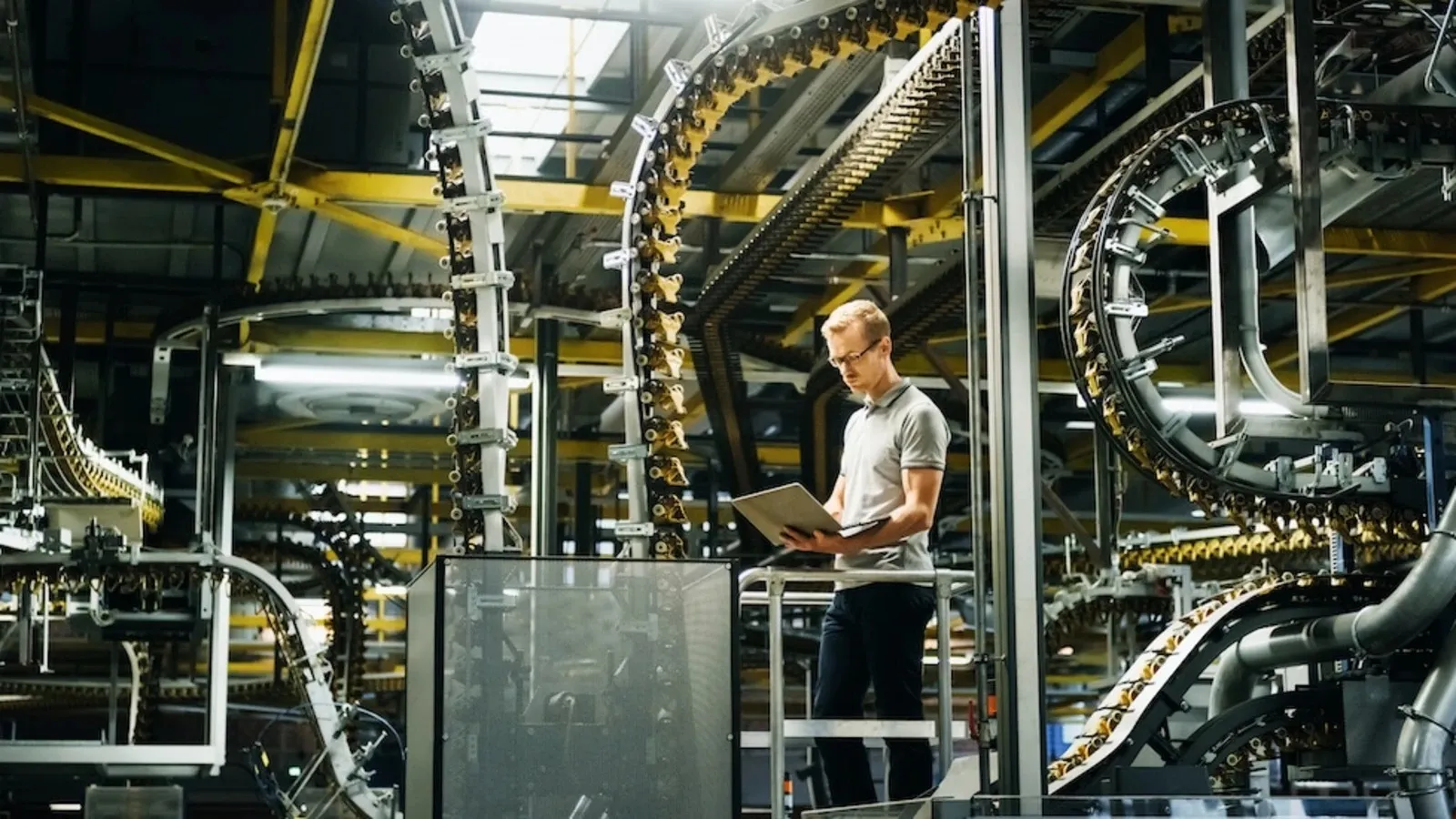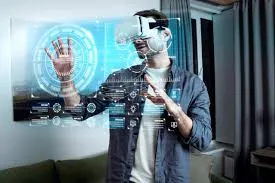
Integrating AI with Automated Inspection Machinery
Integrating AI with Automated Inspection Machinery
The manufacturing and quality control sectors are undergoing a revolutionary transformation through the integration of Artificial Intelligence (AI) with automated inspection machinery. This powerful combination is reshaping how industries detect defects, ensure quality, and maintain consistency across production lines. By leveraging machine learning algorithms, computer vision, and deep neural networks, AI-enhanced inspection systems can identify imperfections with unprecedented accuracy and speed, far surpassing human capabilities in many applications.

The Evolution of Automated Inspection Systems
Traditional automated inspection systems have relied on rule-based algorithms and predefined parameters to identify defects and anomalies. While these systems represented a significant advancement over manual inspection, they often struggled with complex patterns, subtle variations, and unexpected defect types. The incorporation of AI technologies has addressed these limitations by creating systems that can learn from data, adapt to new scenarios, and continuously improve their performance over time.
The journey from basic automation to AI-powered inspection has followed this progression:
| Era | Technology | Capabilities | Limitations |
|---|---|---|---|
| 1980s-1990s | Basic Machine Vision | Simple measurements, presence detection | Limited to predefined conditions, poor adaptability |
| 2000-2010 | Advanced Algorithms | Pattern matching, basic classification | Still required extensive programming, struggled with variability |
| 2010-Present | AI-Powered Systems | Adaptive learning, anomaly detection, predictive capabilities | Data-intensive, requires expertise to implement |
Key AI Technologies in Modern Inspection Systems
Computer Vision and Deep Learning
At the heart of AI-powered inspection systems lies computer vision enhanced by deep learning algorithms. Convolutional Neural Networks (CNNs) have proven particularly effective for image recognition tasks in quality control. These systems can be trained on thousands of images of both defective and non-defective products, learning to identify even the most subtle imperfections that might escape human notice.

Anomaly Detection Algorithms
Unsupervised learning approaches for anomaly detection allow inspection systems to identify defects without having been explicitly trained on every possible flaw type. These algorithms learn the normal characteristics of a product and then flag any deviations from this established pattern. This capability is particularly valuable for detecting novel or rare defect types that weren't included in the training dataset.
Predictive Quality Analytics
AI systems can analyze data from multiple sources—including environmental sensors, equipment performance metrics, and historical quality data—to predict quality issues before they occur. By identifying patterns that precede defects, these systems enable proactive adjustments to manufacturing processes, reducing waste and improving overall product quality.
Implementation Considerations
Data Requirements and Management
Successful AI integration requires substantial amounts of high-quality training data. Manufacturers must establish processes for collecting, labeling, and managing image data of both acceptable and defective products. Data augmentation techniques are often employed to artificially expand training datasets, improving the model's ability to generalize to new examples.
System Integration Challenges
Integrating AI capabilities with existing automated inspection machinery presents technical challenges related to hardware compatibility, data transfer speeds, and computational requirements. Edge computing solutions have emerged as a popular approach, allowing AI processing to occur directly on the inspection equipment rather than relying on cloud connectivity, which reduces latency in high-speed production environments.

Human-Machine Collaboration
The most effective implementations often involve a collaborative approach where AI handles repetitive inspection tasks while humans focus on exception handling, system training, and process improvement. This division of labor leverages the strengths of both human expertise and artificial intelligence, creating a synergistic relationship that maximizes inspection effectiveness.
Benefits Across Industries
The integration of AI with automated inspection machinery delivers significant benefits across numerous sectors:
| Industry | Application Examples | Key Benefits |
|---|---|---|
| Automotive | Paint quality inspection, component alignment verification | Improved safety, reduced recalls, enhanced brand reputation |
| Electronics | PCB defect detection, component placement validation | Higher product reliability, reduced failure rates |
| Pharmaceuticals | Tablet coating integrity, packaging verification | Regulatory compliance, patient safety assurance |
| Food & Beverage | Contaminant detection, portion size verification | Enhanced food safety, reduced waste |
Future Trends and Developments
Explainable AI for Inspection Systems
As AI systems take on more critical quality control functions, there is growing demand for explainable AI that can justify its decisions. Future systems will not only identify defects but also provide understandable explanations of why an item was rejected, helping engineers improve processes and build trust in automated inspection outcomes.
Generative AI for Synthetic Data Generation
Generative adversarial networks (GANs) and other generative AI techniques are being used to create synthetic defect images, helping to overcome the challenge of obtaining sufficient real-world examples of rare flaws. This approach accelerates training and improves the comprehensiveness of inspection systems.

Adaptive Learning Systems
Next-generation inspection systems will feature continuous learning capabilities, allowing them to adapt to changing production conditions, new product designs, and evolving quality standards without requiring complete retraining. This adaptability will further reduce the need for human intervention in inspection processes.
Conclusion
The integration of Artificial Intelligence with automated inspection machinery represents a paradigm shift in quality control and manufacturing excellence. By combining the precision and consistency of automation with the adaptability and pattern recognition capabilities of AI, these systems are setting new standards for product quality across industries. As technology continues to advance, we can expect AI-powered inspection to become increasingly sophisticated, accessible, and integral to manufacturing operations worldwide, ultimately leading to higher quality products, reduced waste, and more efficient production processes.
AI integration with automated inspection machinery enhances manufacturing quality control through computer vision and machine learning. These systems improve defect detection accuracy, enable predictive maintenance, and reduce human error in production environments across various industries.